THE WING CHUN SCHOOL
WHAT IS WING CHUN ?
WHAT IS WING CHUN KUNG FU?
Wing Chun is an expression of concepts based on two key principles; economy of motion and conservation of energy. It is a scientific system which uses physics, geometry and mathematics approach to combat. Its origins lie in the Shaolin Temples but it is famed for its development in Fatsan, China and Hong Kong.
WHAT IS THE PURPOSE OF WING CHUN?
Although there are many benefits to practising Wing Chun e.g. health, fitness and vitality we must not digress from its real purpose which is SELF-DEFENCE. Training should reflect the seriousness of this undertaking. This is why The Wing Chun School covers all aspects of Wing Chun training.
WHY LEARN WING CHUN:
‘It’s better to learn how to defend yourself and never use it. Than to not know how when you need it
Wing Chun Kung Fu taught at The Wing Chun School is 'based' on the Ip Man style of Wing Chun through the lineage of Ip Ching, and the 'complete' system is taught.
WING CHUN CHI SAU ( STICKING HANDS )
Chi Sau is the training mechanism used by the Wing Chun system to increase sensitivity in the arms, and monitor your partners energy whilst practising in a controlled flow of techniques. However, this can only be achieved once a certain level has been attained in the basics.
The Wing Chun School does not over-estimate the importance of Chi Sau, but we do not under-estimate it. Therefore, The Wing Chun School has four levels in Chi Sau:
BONG LAP CHI SAU
Usually this is the first level taught once the Bong Sau and Lap Sau technique is learnt. With this basic combination the student can progress to the Bong Lap Sau Chi Sau, which is a flowing drill that builds endurance and conditioning in the shoulders & forearms. In the Wing Chun School system, a number of more advanced techniques from the Siu Nim Tau ( Little Idea ) and Chum Kiu ( Searching Bridge ) sets are incorporated.
DAN CHI SAU
This is again a basic level Chi Sau. As well as teaching correct position and form, it also allows the student to use their arms independently of each other. The three seeds of Chi Sau are developed, namely Tan, Bong & Fook Sau. This is why Chi Sau is sometimes known as the nucleus of the art.
PAK SAU CHI SAU
This is the Wing Chun School Family Chi Sau, developed by Sifu Garry McKenzie. This advanced form of Chi Sau deals with mid-range techniques and kicks. Students start off in the Man Sau, Wu Sau ( Inquisitive & Protective Hands ) position to go pass the partners front barrier ( Man Sau ), then the Pak Sau ( Slap Hand ) and punch is applied. This goes back and forth in a continuous flow.
The Pak Sau Chi Sau was developed by Sifu Garry McKenzie, because he found in his experience in combat that although close-quarter was not a problem, in long to mid-range there was in closing the gap. There was not as yet as drill to practice mid-range manoeuvres. After a year of research, the Pak Sau Chi Sau was patterned to give more mobility whilst not taking away or adding anything to the Wing Chun System as a whole. The main aim of this Chi Sau is to deal effectively with bridges & closing the gap
SEUNG CHI SAU (POON SAU LOK SAU)
This is the last Chi Sau taught in the system. The three seeds are incorporated but now with both arms at the same time, but still working independently of each other. Closer range techniques are formed in a flow of forward energy. Many of the Wing Chun idioms are applied here. The Wing Chun School teaches Chi Sau according to the forms, however we are not bound by them. Hence flexibility has to encompassed.
FORMS
-
SUI NIM TAU (LITTLE IDEA)
-
CHUM KIU (SEEKING BRIDGE)
-
BIU TZE (DARTING FINDERS)
-
MOK YAHN JOHNG FAAT (WOODEN MAN)
2 WEAPONS FORMS
- LOK DIM BOON KWUN (SIX & ONE HALF POINT POLE)
-
BAAT JAARM DOU FAAT (EIGHT CHOPPING KNIVES)
FOR MORE DETAILS ON FORMS.


